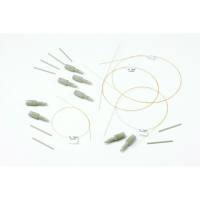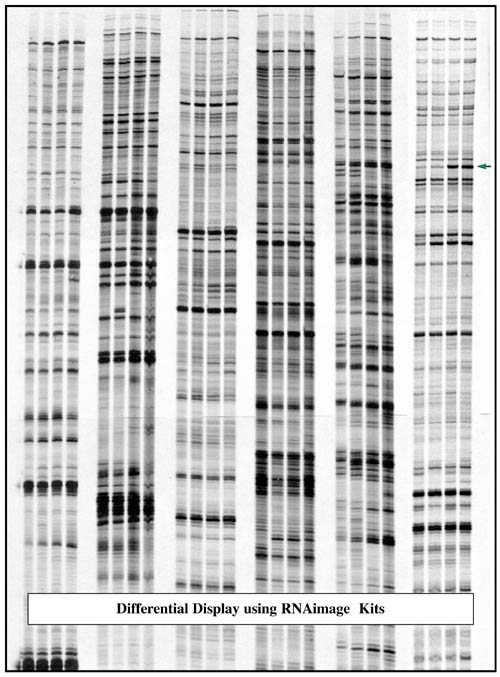Differential Display Analysis by Capillary Electrophoresis
互联网
388
Differential display polymerase chain reaction (DD-PCR), originally described by Liang and Pardee in 1992 (1 ), has been utilized to study gene expression events in a myriad of biological processes. These processes include cell differentiation, hormonal regulation of gene expression, apoptosis, and carcinogenesis (2 -11 ). The technique involves extraction of RNA from two or more tissue samples, then reverse transcription of the total RNA into single-strand cDNA using a 3′ anchored oligo-dT primer. The single-strand cDNA is converted by PCR amplification into doublestrand cDNA using the same oligo-dT primer and a random arbitrary primer, and represents a subset of the total mRNA. Standard protocols usually describe the incorporation of a radiolabeled nucleotide into the PCR reaction product, which allows the PCR products to be visualized by autoradiography following separation by polyacrylamide gel electrophoresis. The resulting differential banding patterns generated from two or more samples are compared to identify differentially expressed cDNA fragments.








